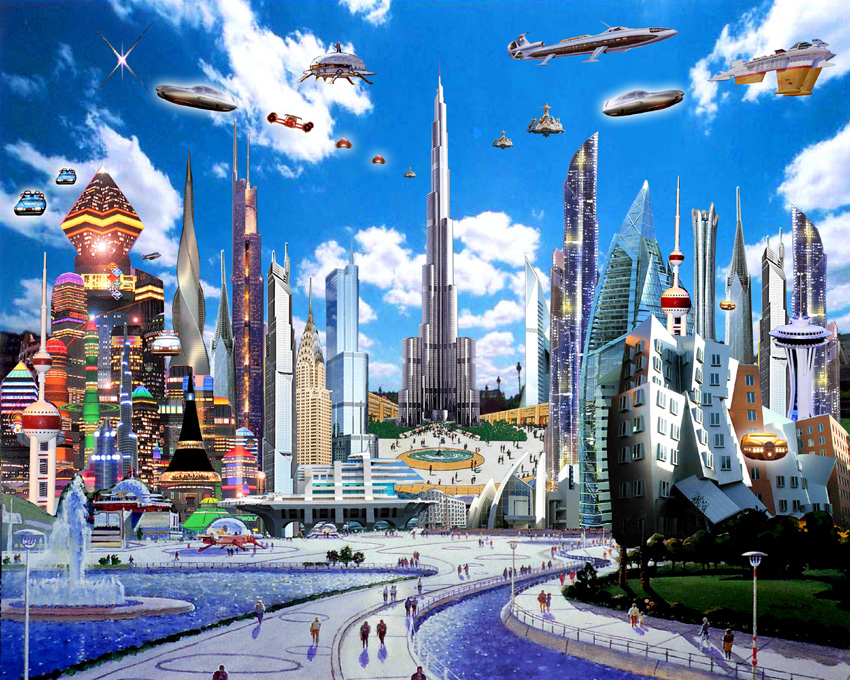
Servo motors are our business, since we specialize in Rexroth’s legacy electric motion control, so we’re always interested to see new trends in automation. The latest trend goes beyond industrial motion control, however, and brings the Internet of Things to a larger canvas: the city.
The world’s population is set to double by 2050, which will put an enormous strain on the planet. Simultaneously, the planet is becoming increasingly urban, which means that cities will have to adapt to accommodate the influx of new city-dwellers. Many tech firms are imagining a “smart city” whereby transportation systems, energy grids, and public services can be centrally monitored and manipulated in real time. What would such a city look like?
It appears that the smart city of the future will take many forms. A city that’s taken over by computers could look like a giant machine, and be highly automated, highly centralized, and very efficient. The city would revolve around data, and that’s something that we can already see in places like Seoul. In 2012 the city’s 25,000 taxis introduced a touch-card payment system using GPS technology, effectively giving Seoul real-time traffic information at a very low cost. This data can be used to solve traffic issues, all without changing the underlying infrastructure.
With smart phones becoming all the more pervasive, citizens in many cities can already send photos or update reports to City Hall on anything from potholes to traffic signs. With predictive analytics, traffic congestion could even be anticipated and prevented before it even occurs.
Smart cities could be much more efficient, particularly with regard to water and energy. Sensors in water meters could track water usage and eliminate waste. Sensors in lampposts could sense pedestrians and reduce lighting when no one is around, and sensors could track open parking spots, reducing drivers’ time spent idling in public parking lots. Everything in the air, including carbon levels, temperature, noise, and light levels could be monitored.
However, cities are not uniform. Such a design would look very different in New York than it would in Singapore. But given that technology is so adaptable and flexible, it will certainly be interesting to see the different combinations that can be created, and how it will change the way citizens interact with their city.
